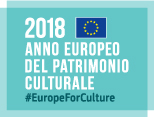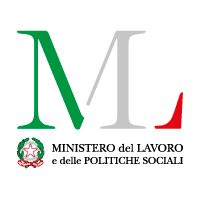The Museum of World Cultures is one of Genova’s many museums. It was opened on the occasion of Genoa becoming “European Capital of Culture 2004”, inside Castello D’Albertis, built by Captain Enrico Alberto D’Albertis on the Montegalletto Hill in 1886. Captain D’Albertis, traveller, writer, adventurer and a man with a thirst for knowledge, linked his life to the sea and to his travels, becoming a part of the cultural and scientific fabric of late 19th-century Genoa. He circumnavigated the globe three times, using a wide variety of transport means, including ship horseback, train, camel, yachts and seaplanes. While on his travels in Africa, the Americas and Oceania, he collected the ethnographic and archaeological items on display in the museum now. Two, closely connected itineraries – one for the castle and its creator, and the other, a typically museum-based route, showcasing cultures from every part of the globe – offer visitors the opportunity to embark on a journey through space and time.
The Museum of World Cultures works daily to offer the best possible welcome to all of its visitors and to permit each of them to visit the museum independently. In particular, thanks to the Accessit European Project, the museum has been able to create video guides in Italian sign language – complete with subtitles and audio tracks – which are accessible to everyone. The video guides are available – on tablets and readers available for hire – at the Museum ticket office.
Entry tickets are reduced for people with disabilities and free for any carers.
From April to September:
Tuesdays – Fridays: 10:00 – 18:00
Saturdays and Sundays: 10:00 – 19:00 (last entry 18:00)
Thursdays: 13:00 – 22:00 (from mid-May to mid-September)
Closed: Mondays
From October to March:
Tuesdays – Fridays 10:00 – 17:00
Saturdays and Sundays: 10:00 – 19:00 (last entry 17:00)
Closed: Mondays
The building is accessible to persons with physical disabilities, who can visit the museum in full autonomy. The visit covers several levels, connected by lifts and ramps. The museum staff will show visitors with physical difficulties the easiest route to take.
A museum wheelchair is available. See staff for more information about use.
The ticket office has 10 multimedia players and 7 tablets available – for hire – for an Italian sign language guide with subtitles.
There are two tactile models for blind people. One helps with exploration of the museum and park (in scale 1:200), while the other shows the castle in its urban setting (in scale 1:1000).


